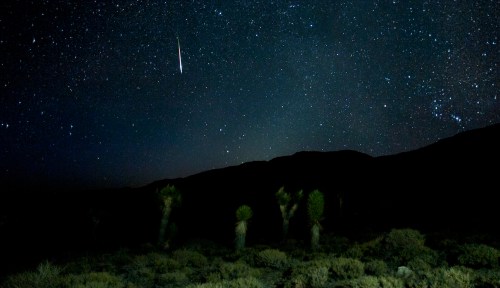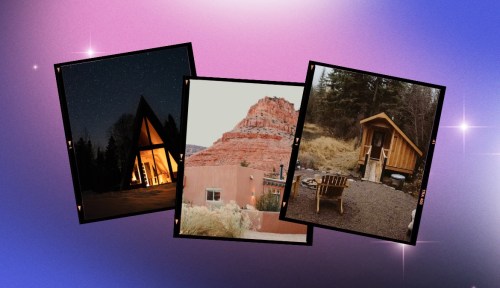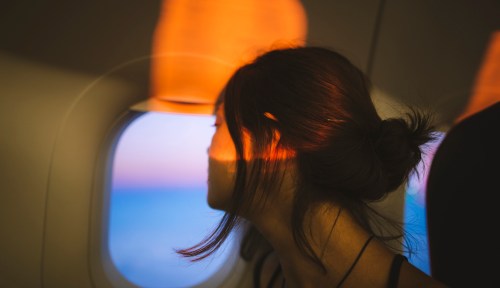Though they might seem like completely random phenomena, meteor showers are visible from Earth around the same times each year as the planet hurtles through the debris of comets orbiting the sun. And there’s nothing quite like laying eyes on one of these cosmic shows to remind you that you are just a single speck in a vast universe—and to spark the kind of childlike awe that puts everything in perspective.
Experts in This Article
Brian Lada is a meteorologist, journalist, and astronomy expert at AccuWeather.
In late summer, the nighttime warmth and the Earth’s movement into the streams of two different meteor showers—the Delta Aquariids and the Perseids—create ideal conditions for watching these otherworldly displays. But if you’re willing to brave the chill, wintertime meteor showers like the Geminids and Leonids can be just as magical, if you know where and when to see them.
While looking at a calendar of the year’s meteor showers can tell you when the Earth will cross paths with them, and when each shower is expected to hit its peak (aka when the greatest number of meteors will fall per hour), not all areas offer the same views.
“The general rule for stargazing or watching a meteor shower is to get as far away from human-created light as possible,” says Brian Lada, AccuWeather meteorologist and astronomy expert. “Light pollution from cities, highways, or any other source of light can significantly reduce the number of shooting stars that onlookers can count during the peak of a meteor shower.” It’s also a smart idea to consider the moon phase whenever you’re aiming to see meteor showers, as dates on or around the new moon will offer the clearest view (without the extra light reflecting from the moon brightening the night sky).
With that in mind, areas with any type of “dark sky” designation from the International Dark Sky Association tend to be great places to spot meteor showers when they’re happening (and to stargaze when they’re not). But even among these dark locales, there’s some variation in the extent of visible stars and meteors, depending on elements like average nighttime temperatures, weather, and cloud coverage.
Below, Lada shares the top places where you can expect to see meteor showers in the United States during the times of year when they’re most actively streaking through the sky.
The 7 best places to see meteor showers in the U.S.
1. Arches National Park, UT
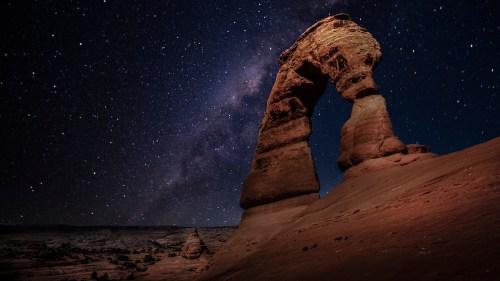
Like several of its natural neighbors in Utah, Arches is stellar for stargazing thanks to its relative distance from most artificial light sources. From almost anywhere in the park, you can catch views of the Milky Way and any meteor showers in action—but the farther north you go (away from the lights of Moab), toward Panorama Point, the clearer the views will be. The only trouble you might encounter is heavy snowfall during winter months, says Lada, which can make it difficult to access some of the park’s most secluded (and optimal) stargazing locales.
2. Big Bend National Park, TX

Due to the ample farmland and fewer population centers in the middle of the country, the swath of land from Texas to the Dakotas offers plenty of ideal spaces for stargazing and meteor-spotting, says Lada. (Just keep an eye out for sporadic thunderstorms.) One of his top picks for this region is Big Bend, in Texas, largely because it has the least light pollution of any other national park in the contiguous U.S. As a result, any spot within this park is its own front-row seat to the cosmic action overhead.
3. Cherry Springs State Park, PA
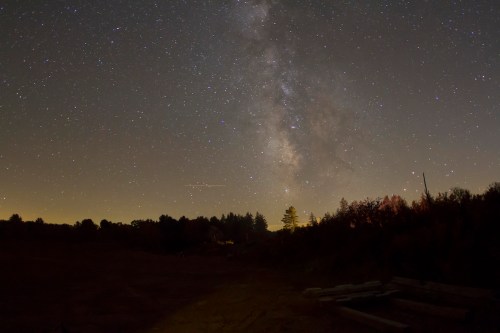
Contrary to popular belief, you don’t *have* to be in the western part of the U.S. to get crystal-clear views of the night sky. In the dark pocket of northern Pennsylvania that is Cherry Springs, you’ll feel as though you’re eons away from a big city (while actually being about 4 hours from Pittsburgh). “The weather here is typically favorable for meteor showers in summer and autumn, such as the Perseids in August and the Orionids in October,” says Lada, “but clouds can make stargazing in this region more challenging come winter and spring.”
4. Death Valley National Park, CA
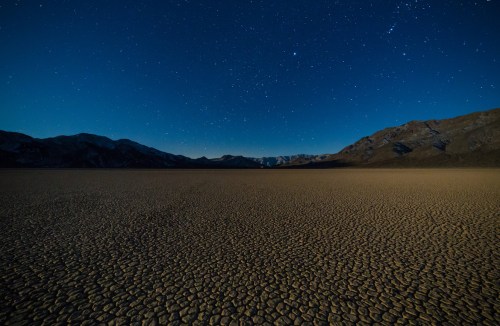
Death Valley may be known for its intense heat, but that’s also partly what makes it such an ideal spot for stargazing and meteor-viewing in the fall and winter, when temperatures here are higher than they are in much of the country, says Lada. “For example, the Geminid meteor shower in December is one of the strongest annual meteor showers, and temperatures in Death Valley around this time are still relatively comfortable, ranging from the 40s at night to the 60s during the day.” Not to mention the lack of cloud cover in the area, which helps ensure pristine sky views. Choosing a large open area like the Mesquite Flat Sand Dunes will also provide a panorama of the horizon unobstructed by the park’s tall mountain peaks.
5. George Washington and Jefferson National Forest, VA
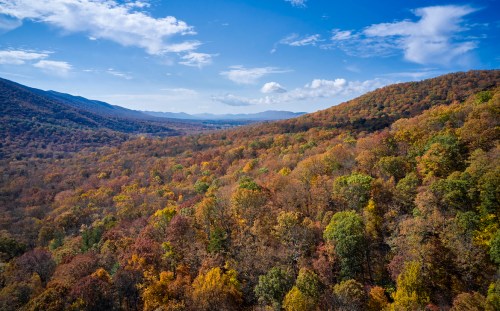
Like Cherry Springs, George Washington and Jefferson National Forest is a hidden gem for stargazing on the east coast. Its high altitudes and great isolation from artificial light make it a prime spot for laying eyes on meteors, so long as you’re up for hiking a bit to one of the park’s many Appalachian peaks. Its vast expanse of nearly 2 million acres makes it all the more likely that you’ll have a private stargazing experience, no matter which trail you choose. Because of cloudy days and chilly nighttime temperatures in winter and spring, you’ll be best off heading to this forest in the summer or early fall to catch the Perseids or Orionids.
6. Medicine Rocks State Park, MT
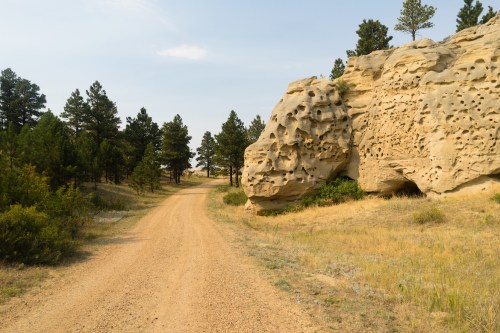
Perhaps lesser known (if no less stunning) than Glacier National Park (also in Montana), Medicine Rocks just received its dark-sky designation at the end of 2020, putting it officially on the astro-tourism map. For those who’ve long visited this unique park, with its Swiss-cheese-like rock formations, it didn’t need the recognition to qualify as a prime cosmic viewing area. In fact, it’s so remote at about 100 miles from the nearest city that it was named a dark-sky sanctuary, distinguished even from dark-sky parks and reserves for its particularly profound level of darkness. Because of frigid winter temps in the area, it’s best to head here for the Perseids in August.
7. Yellowstone National Park, WY
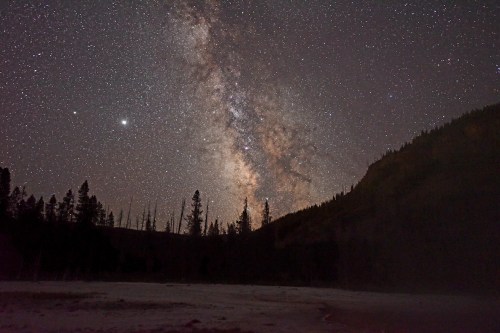
If you thought a trip to Yellowstone was just about seeing Old Faithful erupt, think again. The iconic national park is also home to incredible stargazing and meteor-viewing, thanks to its isolation. The park’s crowds also tend to thin out at night, so sticking around is the best way to snag a seat on one of the benches in the Upper Geyser Basin and watch as Old Faithful or Castle Geyser erupts against the glowing backdrop of the Milky Way. Or, head to Dunraven Pass, the highest road in the park, to capture the clearest celestial views. As with the above, you’ll be most comfortable taking in the night sky here in August, when the nighttime temperatures are mild.
Sign Up for Our Daily Newsletter
Get all the latest in wellness, trends, food, fitness, beauty, and more delivered right to your inbox.
Got it, you've been added to our email list.
